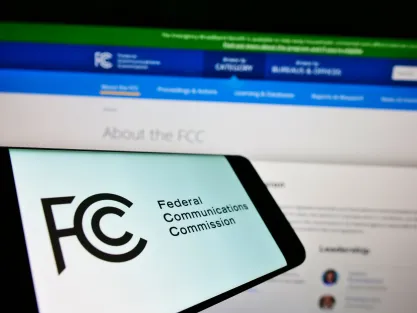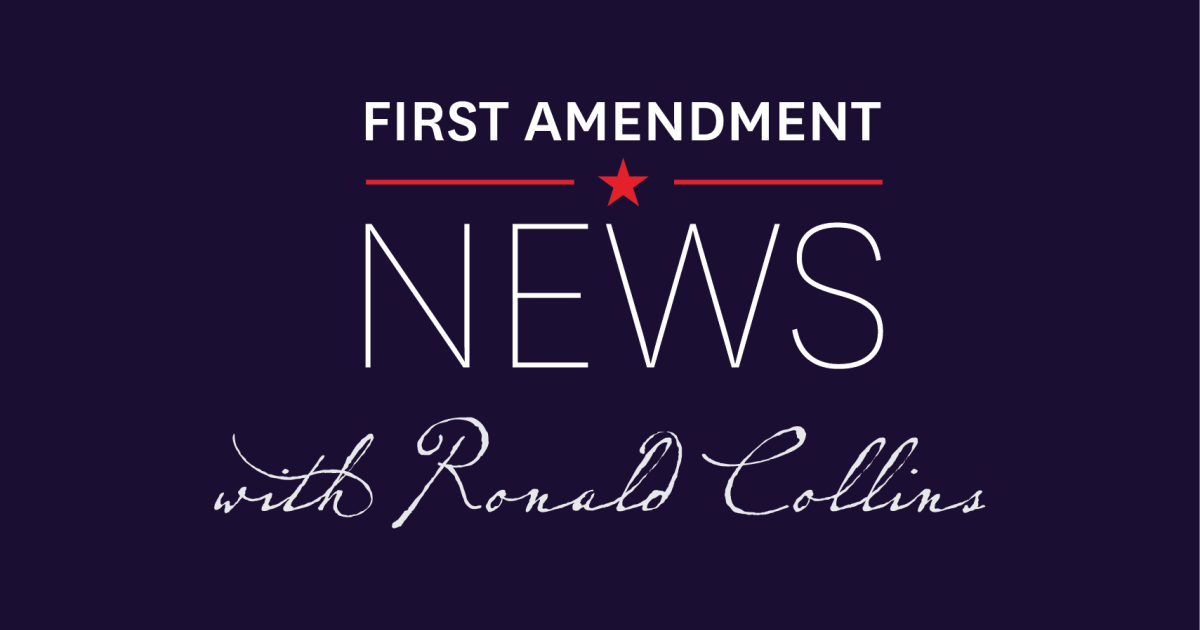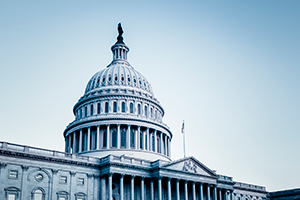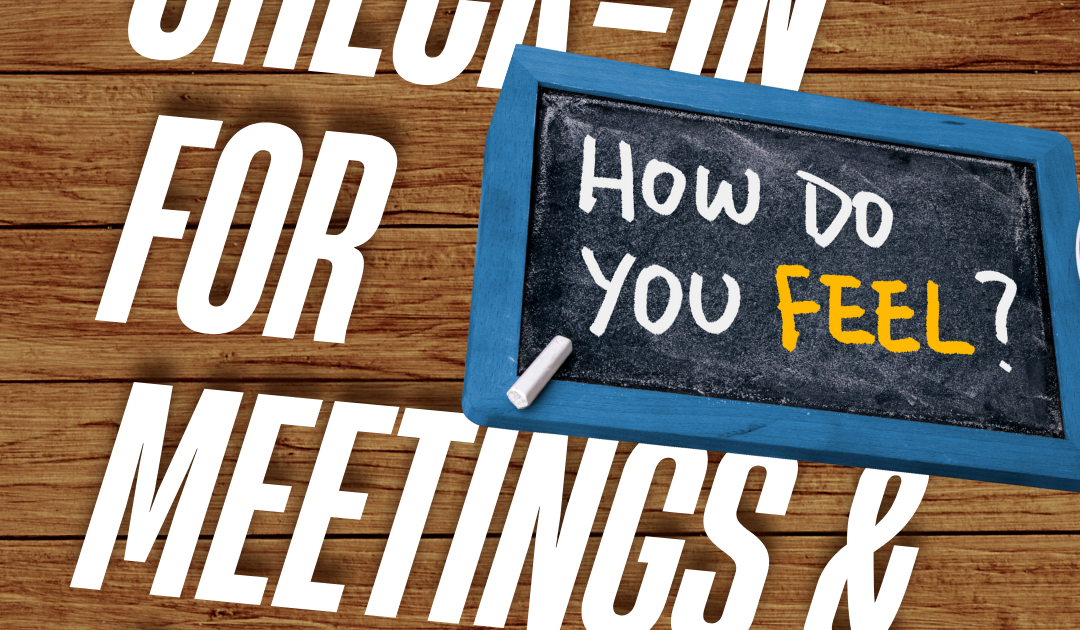“Under my watch, the partisan weaponization of the Department of Justice will end. America must have one tier of justice for all.” — Pamela Bondi (confirmation hearing for U.S. attorney general, Jan. 15, 2025)
“After years and years of illegal and unconstitutional federal efforts to restrict free expression, I will also sign an executive order to immediately stop all government censorship and bring back free speech to America.” — Donald J. Trump (Jan. 20, 2025, inaugural address)
“Government censorship of speech is intolerable in a free society.” — Donald J. Trump (Jan. 20, 2025, executive order)
So many lies, so many orders, so much suppression. The “flood” of free expression abridgments continues to be dizzying and depressing.
Unprecedented! That is the word for this new form of silencing that is spreading like a deadly cancer.
The rules of the past cease to be honored. Retribution has replaced righteousness. Fear triumphs over courage. A one-party-led Congress has abdicated its authority. Judicial review is derided. And our system of justice as constituted is unable to adequately address the wrongs perpetuated by an authoritarian figure aided by his confederates. A blitzkrieg takeover of the federal government seeks to vest unchecked power in the Executive while normalizing suppression on the vile pretense of advancing free speech and equality — a page right out of Orwell’s “1984.”
In some respects, we are witnessing what constitutes a threat perhaps as great as the Sedition Act of 1798, the Civil War actions taken by Lincoln, and the World War I, Cold War, and Vietnam War abridgments of free speech. Nonetheless, the number and frequency of such abridgments make it difficult to comprehend the cumulative gravity of this threat to our First Amendment freedoms.
Within the Trump administration’s first 100 days, the government has ushered in a new era of direct and indirect suppression of speech. Meanwhile, cases are being litigated, individuals and institutions are being silenced, books banned, “settlements” coerced, scientific research squelched, history erased, while lower court rulings struggle to be relevant. And all of this, in its many forms, has occurred in the absence of any near-final resolution by the Supreme Court, as if that too might be slighted someday soon.
We are beyond any “there are evils on both sides” mentality, much as we were beyond it in 1798. Recall that while John Adams, the lawyer, championed free speech in his writings, he later backed the Alien and Sedition Acts as “the Federalist” president.
Calling out tyranny is not partisan; it is American! And yet, many are relatively detached, silent, and clueless.
Trump’s “flood the zone” tactics have taxed the American mind to such an extent that few can barely, if at all, remember yesterday’s free speech abridgments let alone those of last week or last month. The result: who remembers all of the trees leveled not to mention any big picture of the forest devastated in the process? What to do?
Enter “First Amendment Watch” and the Zick Resource Report
Thanks to Professor Stephen Solomon and Susanna Granieri over at First Amendment Watch (FAW), there is a meaningful way to begin to get a conceptual hold on what has occurred within the first 100 days of the Trump administration and its attacks on free speech.
Happily, FAW today released what is surely the most important First Amendment resource documenting the numerous First Amendment abridgments committed by the Trump administration within its first 100 days. This invaluable resource was prepared by Professor Timothy Zick.
Though the full resource repository is available over at FAW, its table of contents is reproduced below:
Introduction by Timothy Zick
I. First Amendment-Related Executive Orders and Memoranda
A. Freedom of Speech and Censorship
B. Foreign Terrorism and National Security
C. Law Firms
D. Retribution Against Former Government Officials
E. Diversity, Equity, and Inclusion
F. Gender and Gender Identity
G. K-12 Education
H. Museums, Libraries, and Public Broadcasting
I. Political Donations
J. University Accreditors
II. First Amendment-Related Litigation
A. Lawsuits Challenging Executive Orders, Guidance, and Policies
1. Diversity, Equity and Inclusion
2. Immigration
3. Educational Funding
4. Law Firms
5. Gender and Gender Identity
6. Data and Scientific Inquiry
7. Libraries and Museums
8. Public BroadcastingB. Retaliatory Dismissal and Other Employment Lawsuits
C. Lawsuits Filed by Media and Journalists
D. Defamation and Other Civil Lawsuits Filed By Donald Trump
III. Commentary and Analysis
A. Actions Against the Press and Journalists
B. Defamation and Other Civil Lawsuits
C. Broadcast Media
D. Social Media
E. Education1. DEI Programming and Initiatives
2. Antisemitism Investigations and Demands
3. Academic Freedom
4. K-12 CurriculumF. Immigration Enforcement
1. International Students
2. Foreign Scholars
3. Immigration ActivismG. Public Employees
H. Private Sector1. Law Firms
2. Individual Critics and EnemiesI. Transparency, Data, and Information
1. Data, Information, and Scientific Research
2. Museums and Libraries
3. Public Broadcasting
4. Misinformation and Disinformation
5. “DOGE” and TransparencyJ. Grants and Funding
K. Protests and Demonstrations1. Campus Protests
2. Public ProtestsL. Governmental Orthodoxy
1. Race and DEI
2. Gender and Gender Identity
3. History and PatriotismM. Retribution and Chilling Speech
N. Investigations
O. The Bigger Picture
P. Tracking All Trump 2.0 Lawsuit
Related
Coming Next Week
The next installment of Professor Timothy Zick’s ongoing posts is titled
“Executive Orders and Official Orthodoxies.”
Justice Department to go after reporters’ records in government leak cases

The Justice Department is cracking down on leaks of information to the news media, with Attorney General Pam Bondi saying prosecutors will once again have authority to use subpoenas, court orders and search warrants to hunt for government officials who make “unauthorized disclosures” to journalists.
New regulations announced by Bondi in a memo to the staff obtained by The Associated Press on Friday rescind a Biden administration policy that protected journalists from having their phone records secretly seized during leak investigations — a practice long decried by news organizations and press freedom groups.
The new regulations assert that news organizations must respond to subpoenas “when authorized at the appropriate level of the Department of Justice” and also allow for prosecutors to use court orders and search warrants to “compel production of information and testimony by and relating to the news media.”
The memo says members of the press are “presumptively entitled to advance notice of such investigative activities,” and subpoenas are to be “narrowly drawn.” Warrants must also include “protocols designed to limit the scope of intrusion into potentially protected materials or newsgathering activities,” the memo states.
Former FCC Chairs attack FCC’s attack on First Amendment principles

As former chairmen of the Federal Communications Commission (FCC) — one appointed by a Democrat, the other by a Republican — we have seen firsthand how the agency operates when it is guided by its mission to uphold the public interest. But in just over two months, President Donald Trump and his handpicked FCC Chair Brendan Carr have upended 90 years of precedent and congressional mandates to transform the agency into a blatantly partisan tool. Instead of acting as an independent regulator, the agency is being weaponized for political retribution under the guise of protecting the First Amendment.
Their actions fall into two categories. First, the president used executive orders (EOs) to strip the agency of its independence, making it subservient to the White House. Second, the chairman has exploited the commission’s powers to undermine the very First Amendment rights it is supposed to uphold.
Mchangama on the ‘New McCarthyism’

Despite being Danish, I’ve always found America’s civil-libertarian free speech tradition more appealing than the Old World’s model, with its vague terms and conditions. For much of my career, I’ve been evangelizing a First Amendment approach to free speech to skeptical Europeans and doubtful Americans, who are often tempted by laws banning “hate speech,” “extremism,” and “disinformation.” That appreciation for the First Amendment is something I share with many foreigners — Germans, Iranians, Russians — who now call America home.
[ . . . ]
It’s now clear that the government is targeting noncitizens for ideas and speech protected by the First Amendment. The most worrying example (so far) is a Turkish student at Tufts University, apparently targeted for co-authoring a student op-ed calling for, among other things, Tufts to divest from companies with ties to Israel. One report estimates that nearly 300 students from universities across the country have had their visas revoked so far.
Instead of correcting this overreach, the government has doubled down. U.S. Citizenship and Immigration Services recently announced that it would begin screening the social media posts of aliens “whose posts indicate support for antisemitic terrorism, antisemitic terrorist organizations, or other antisemitic activity.” Shortly after, the X account of USCIS posted about a “robust social media vetting program” and warned: “EVERYONE should be on notice. If you’re a guest in our country — act like it.” And four days later, White House homeland security adviser Stephen Miller promised to deport “anyone who preaches hate for America.” What that means is anybody’s guess — and seems to depend entirely on subjective assessments.
[ . . . ]
Had America been known for deporting, rather than welcoming, dissent, I would never have made it my home. That might not have been much of a loss. But consider this: 35 percent of U.S.-affiliated academic Nobel laureates are immigrants, and nearly half of all American unicorn startups have founders born outside the country. How many of these brilliant minds would have chosen the United States if they risked exile for crossing the speech red lines of the moment?
As a European who owes my freedom in life thus far to the America that fought Nazism and defeated communism, I feel a responsibility to speak out when this country strays from its founding ideals. I came to America for its freedom, not just to enjoy it, but to defend it — even if that puts me at risk.
Related
New scholarly article on commencement speaker provocateurs
This Article explores an untheorized area of First Amendment doctrine: students’ graduation speeches at public universities or private universities that embrace free speech principles, either by state statute, state constitutional law, or internal policy. Responding to recent graduation speech controversies, it develops a two-tier theory that reconciles a multiplicity of values, including students’ expressive interests, universities’ institutional interests in curating commencement ceremonies and preventing reputational damage, and the interests of captive audiences in avoiding speech they deem offensive or profane.
The Article challenges the prevailing view that university students’ graduation speeches implicate individual First Amendment rights. It develops a site-specific understanding of the ritualistic sociology of the university commencement speech, which the Article argues is firmly within the managerial purview of the university. But it also argues that heavy-handed administrative regulation of student graduation speeches has the potential to undermine the academic freedom of students and professors.
Reflecting on the history of the university commencement speech in the American intellectual tradition, it urges university administrators to exercise their authority to regulate speeches through transparent standards, a longitudinal view, and collaborative negotiation with student speakers.
It concludes by discussing the conceptual dangers of turning the First Amendment into a metonym for every instance of speech abridgment within a managerial sphere.
‘So to Speak’ podcast: Rabban and Chemerinsky on academic freedom

Our guests today signed onto a statement by a group of 18 law professors who opposed the Trump administration’s funding threats at Columbia on free speech and academic freedom grounds.
Since then, Northwestern, Cornell, Princeton, Harvard, and nearly 60 other colleges and universities are under investigation with their funding hanging in the balance, allegedly for violations of civil rights law.
To help us understand the funding threats, Harvard’s recent lawsuit against the federal government, and where universities go from here are:
- David Rabban — distinguished teaching professor at The University of Texas at Austin School of Law
- Erwin Chemerinsky — distinguished professor of law and dean at UC Berkeley Law.
More in the news
- “VICTORY! Tenn. town buries unconstitutional ordinance used to punish holiday skeleton display,” FIRE (April 29)
- Jonathan Adler, “Does a ‘More Honest’ Discussion about Antisemitism on College Campuses Require an Honest and Unsanitized Account of October 7?” The Volokh Conspiracy (April 29)
- David Bauder, “On air, ‘60 Minutes’ reporter says ‘none of us is happy’ about changes that led top producer to quit,” Associated Press / Free Speech Center (April 28)
- Carolyn Iodice, “For the rich, free speech — for others, a SLAPP in the face,” FIRE (April 28)
- “College Journalists Wrestle With Transparency as Students Fear Deportation for Speaking Out,” Associated Press / First Amendment Watch (April 28)
- Edward Segarra, “Bill Maher blasts Larry David for alleged Hitler comparison: ‘It’s kind of insulting’,” USA Today (April 25)
- “Trump administration’s coercion at Columbia is unlawful and unconstitutional,” FIRE (April 23)
- Bianca Quilantan, “Harvard sues Trump administration over $2B cut to federal funding,” Politico (April 21)
- Jacob Sullum, “Marco Rubio Brags About Defending Freedom of Speech While Eagerly Undermining It,” Reason (April 18)
2024-2025 SCOTUS term: Free expression and related cases
Cases decided
- Villarreal v. Alaniz (Petition granted. Judgment vacated and case remanded for further consideration in light of Gonzalez v. Trevino, 602 U. S. ___ (2024) (per curiam))
- Murphy v. Schmitt (“The petition for a writ of certiorari is granted. The judgment is vacated, and the case is remanded to the United States Court of Appeals for the Eighth Circuit for further consideration in light of Gonzalez v. Trevino, 602 U. S. ___ (2024) (per curiam).”)
- TikTok Inc. and ByteDance Ltd v. Garland (9-0: The challenged provisions of the Protecting Americans from Foreign Adversary Controlled Applications Act do not violate petitioners’ First Amendment rights.)
Review granted
Pending petitions
Petitions denied
Emergency Applications
- Yost v. Ohio Attorney General (Kavanaugh, J., “IT IS ORDERED that the March 14, 2025 order of the United States District Court for the Southern District of Ohio, case No. 2:24-cv-1401, is hereby stayed pending further order of the undersigned or of the Court. It is further ordered that a response to the application be filed on or before Wednesday, April 16, 2025, by 5 p.m. (EDT).”)
Free speech related
- Mahmoud v. Taylor (argued April 22 / free exercise case: issue: Whether public schools burden parents’ religious exercise when they compel elementary school children to participate in instruction on gender and sexuality against their parents’ religious convictions and without notice or opportunity to opt out.)
- Thompson v. United States (decided: 3-21-25/ 9-0 w special concurrences by Alito and Jackson) (interpretation of 18 U. S. C. §1014 re “false statements”)
Last scheduled FAN
FAN 467: “Thankfully: Larry David mocks Bill Maher”
This article is part of First Amendment News, an editorially independent publication edited by Ronald K. L. Collins and hosted by FIRE as part of our mission to educate the public about First Amendment issues. The opinions expressed are those of the article’s author(s) and may not reflect the opinions of FIRE or Mr. Collins.




